How to Watch the Perseid Meteor Shower in Rocky Mountain

Watch the Perseid meteor shower from Rocky Mountain National Park (Photo: Getty)
Summer’s best all-natural light show is coming this August and Rocky Mountain National Park is an awesome spot to watch. Especially if you live in Denver, Boulder or somewhere else along Colorado’s Front Range, you’ll need to escape urban light pollution to be able to behold the annual Perseid Meteor Shower in all its glory. At its peak, you may spot up to 90 so-called “shooting stars” each hour. Rocky Mountain National Park is a great place to watch the show, whether you’re camping for the night, taking a dark sky hike, or just driving into the park.
Here’s everything you need to know about the Perseid Meteor Shower including when it peaks, where to watch and the best spots to look in Rocky Mountain National Park.
What is the Perseid Meteor Shower?
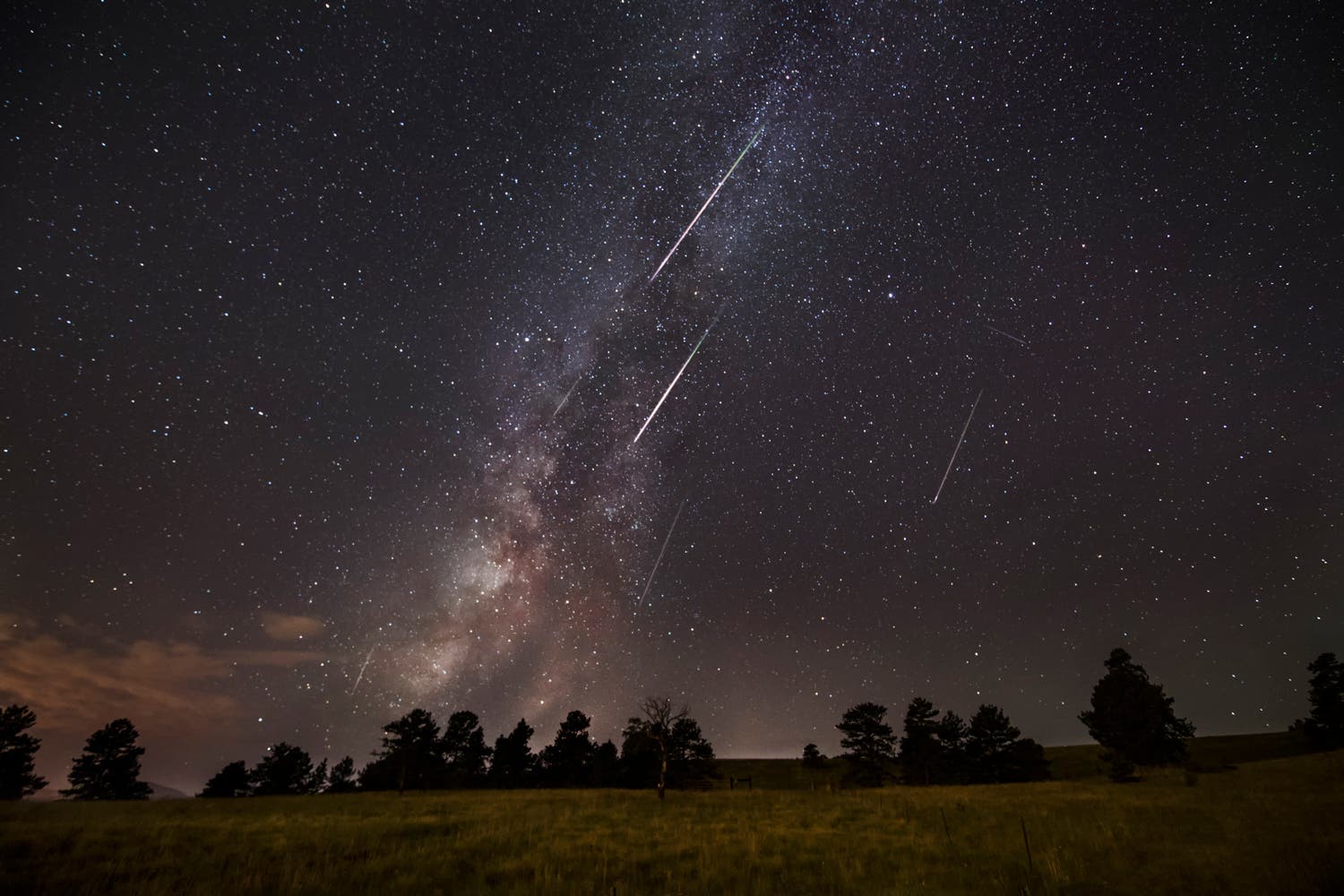
Aboard spaceship Earth, we’re all sailing through the skies in a big elliptical loop. And every August, we travel through a bunch of debris coming off the back of the gigantic Swift-Tuttle comet. This 16-mile-wide orbiting object lives up to the comet’s reputation of “dirty snowball”— it’s composed of a mix of rock, ice, dust and other organic material. Once a year, those of us in the Northern Hemisphere get to catch all this debris burning up in the atmosphere above. The burning debris appears as streaks of light (sometimes called shooting stars) in the night sky above.
So why isn’t it called the Swift-Tuttle Meteor Shower? Because the majority of the meteors appear in the sky near the constellation Perseus. In case you need a Greek mythology refresher, Perseus was the son of Zeus, who famously slayed Medusa and is often represented clutching her head by her snake hair.
Before we get into the Perseid peak, here are a few of my favorite facts about this meteor shower to contemplate as you watch:
- The Perseid meteors are only about 60 miles above you. That’s the point at which they enter our atmosphere and ignite.
- Humans first recorded the Perseids over two millennia ago in China.
- These meteors are small but mightily fast—each meteor is about the size of a grain of sand traveling at 133,200 miles per hour.
When do the Perseids peak? And when is the best time to watch?
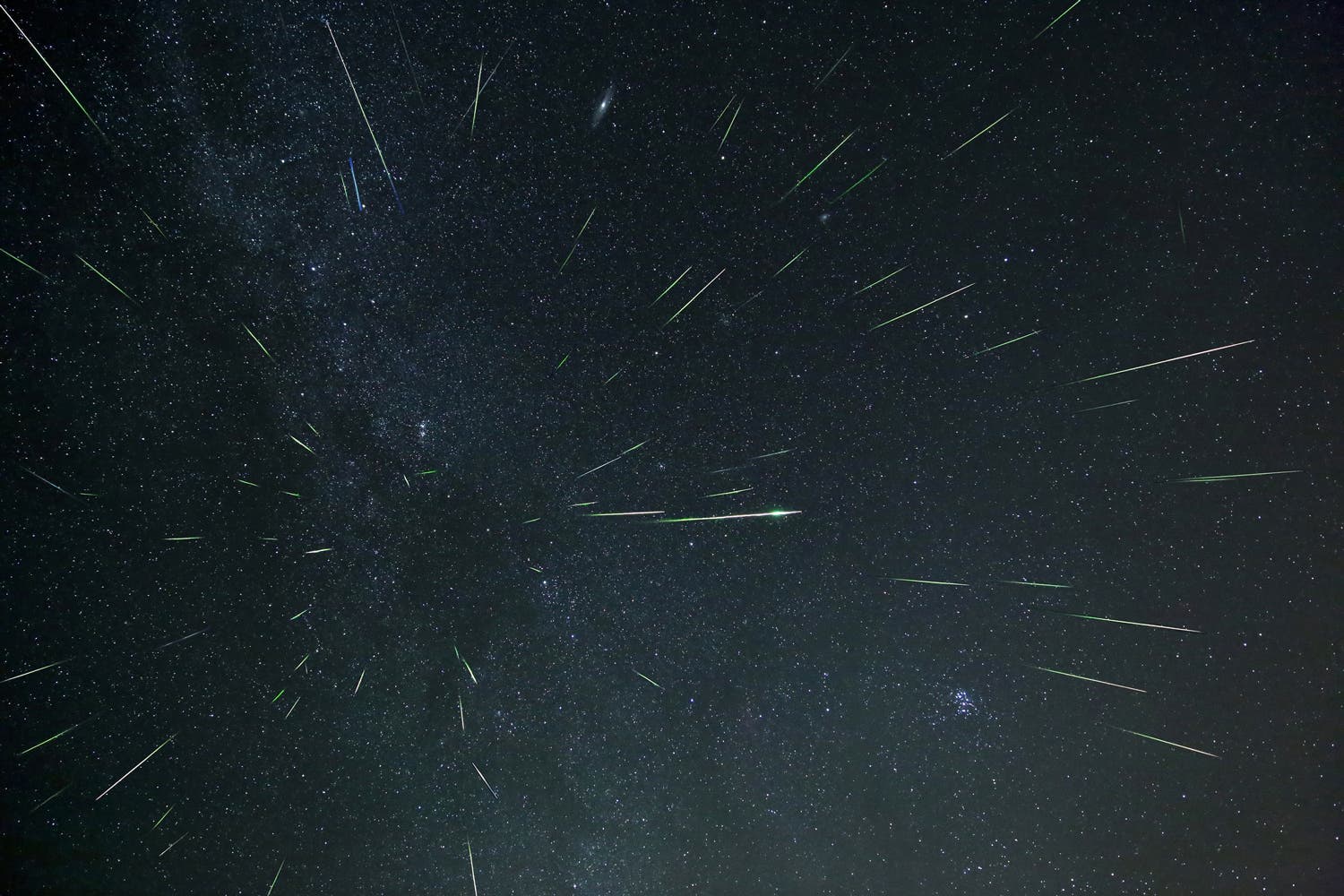
The Perseid Meteor Shower kicks off mid-July and lasts through the end of August. While our path through this comet debris field spans well over a month, the peak only lasts for a few days. In 2025, the peak is expected to start before sunrise on August 11 and wrap up before dawn on August 13. At the absolute peak—and with the right conditions—you can see up to 90 meteors per hour. Even outside of the peak evenings, chances are you’ll spot a few zipping through the sky if you’re patient.
The Perseids are known to pick up steam right before the sun comes up, in the pre-dawn hours. For early birds, this is good news—you can plan to wake up early enough before sunrise to watch the show. Night owls might do better just staying up as late as they can to see the meteors, rather than trying to rise early. Even if you can’t make it out before dawn, you’ll likely still spot a few meteors earlier in the evening as long as the sky is fully dark.
Another major factor in optimal Perseid viewing is the moon, since its phase and relative brightness impact our ability to see meteors. In 2024, we were lucky enough to have just a quarter moon that set in the sky around midnight. In 2025, the moon will be waning gibbous August 11-13, resulting in a brighter night sky. In Colorado, the moon will rise around 10 p.m. Mountain Time, and unfortunately, it won’t set until late morning. For Colorado, or wherever you live, you can look up the specific moonrise and moonset times here.
Tip: One strategy to avoid bright moonlight is to position yourself facing away from the moon, or somewhere that a mountain or large tree blocks the moon from your view so your eyes can perceive the comparably fainter lights of the Perseids. You can also do this manually, literally holding up a blanket or object in front of the moon to attempt to block its light from your vision.
How to Watch the Perseids from Rocky Mountain National Park
Plan Ahead
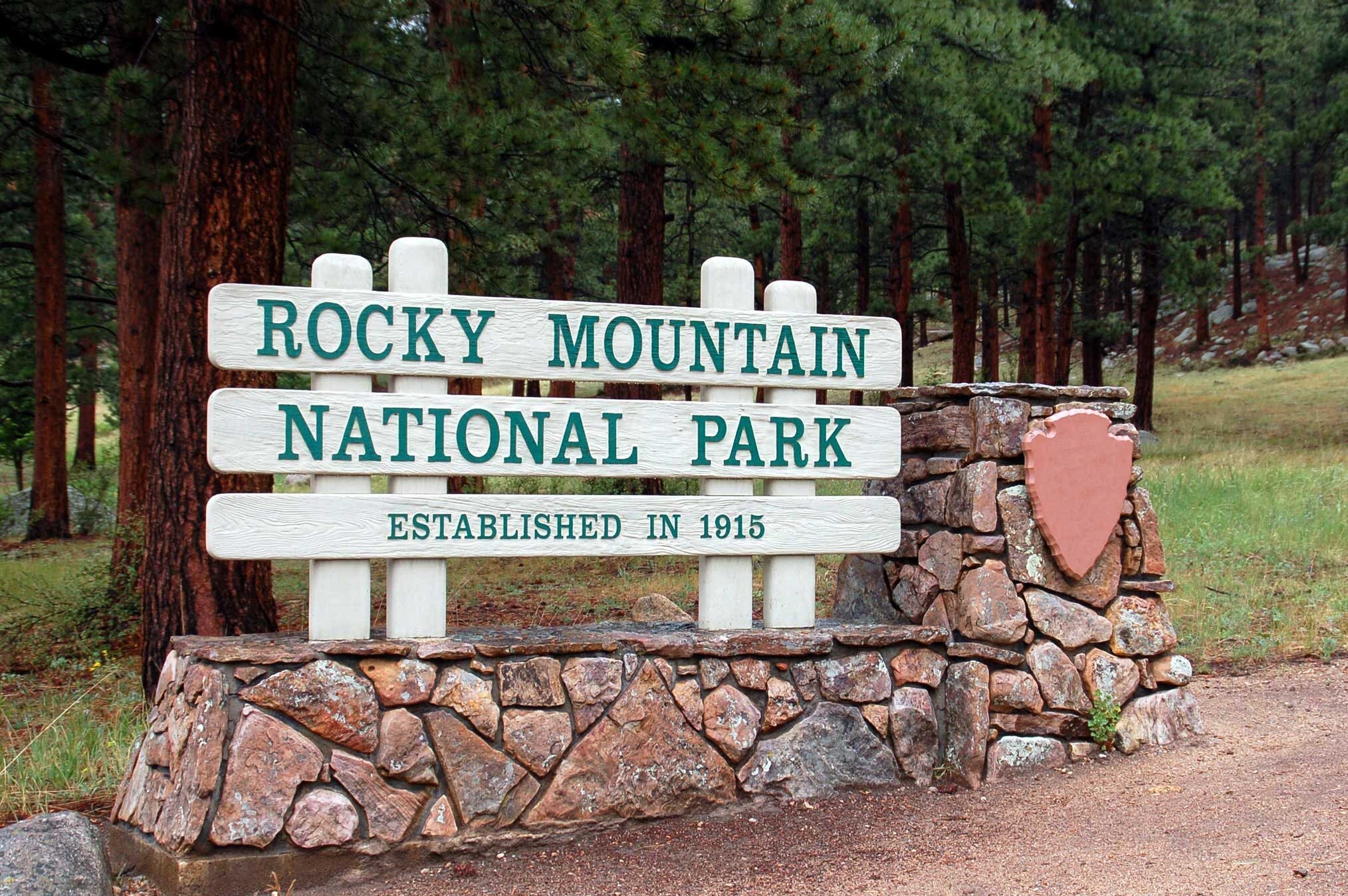
First things first, you’ll need to plan your meteor viewing trip ahead of time, since Rocky Mountain has a timed entry reservation system in summer (starting Memorial Day weekend). That said, reservations are only required during peak daylight hours, so if you’re entering the park in the evening or pre-dawn hours, you will not need a reservation. If you arrive before reservations are required, you can also stay in the park throughout the day as long as you don’t leave. And if you book a park campsite, a timed-entry reservation is included, so you won’t need to reserve entry separately.
Reserve a Campsite Inside the Park
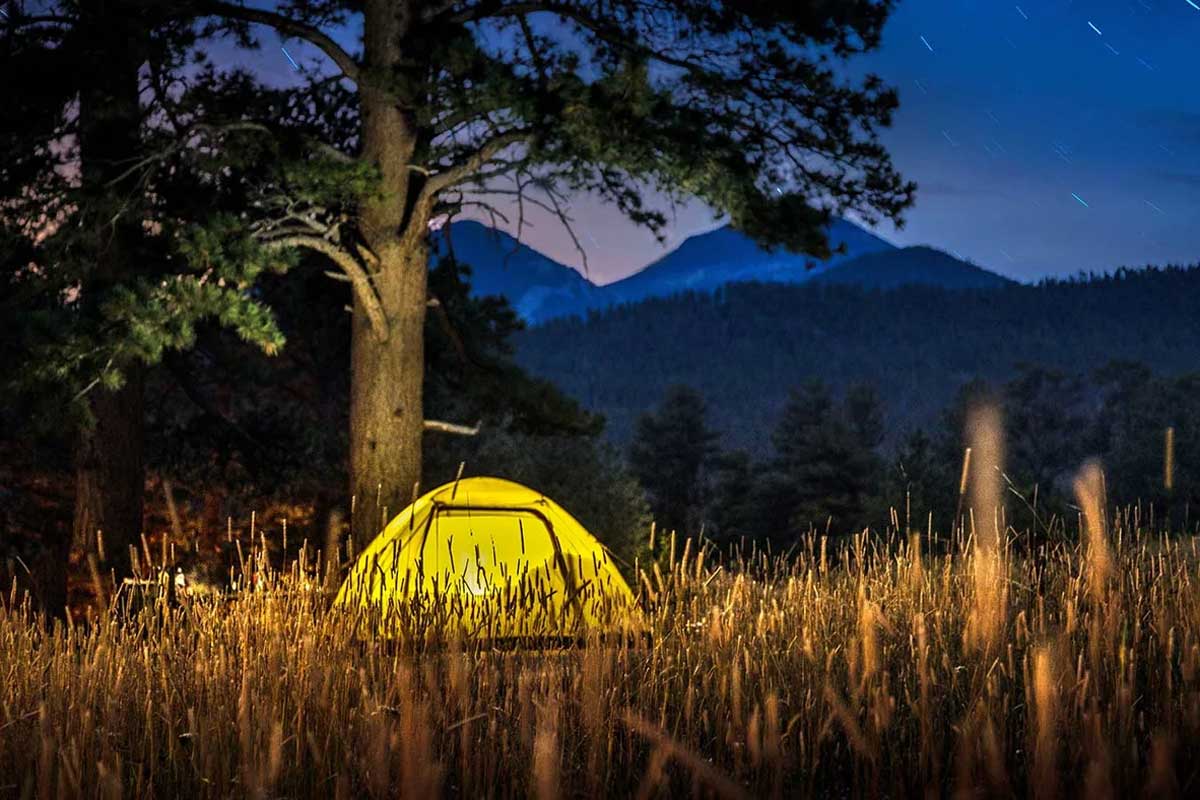
Booking a campsite is the best way to set yourself up for Perseid success. That way, you’ll already be positioned for good viewing, whether you prefer to stay up late or rise super early—or pull a Perseid-inspired all nighter.
There are five campgrounds within the park where you can pitch a tent in summer: Alpenglen, Glacier Basin, Timber Creek, Lone Peak (tent only), and Moraine Park (which is currently undergoing renovation and expected to reopen summer 2025). Sites are $35 per night and campsites are available by reservation only in summer (no walk-ups). Note that there are no hookups for RVs and various limits apply to trailer size. None of the park’s campgrounds have cell reception, which may be ideal for a no-distractions, serene astronomical experience.
For an even more remote meteor viewing experience, you can snag a wilderness backpacking permit and camp in the backcountry. While not an International Dark Sky Park, the night skies are incredible, especially far from the roads.
Stay Outside the Park and Hike In
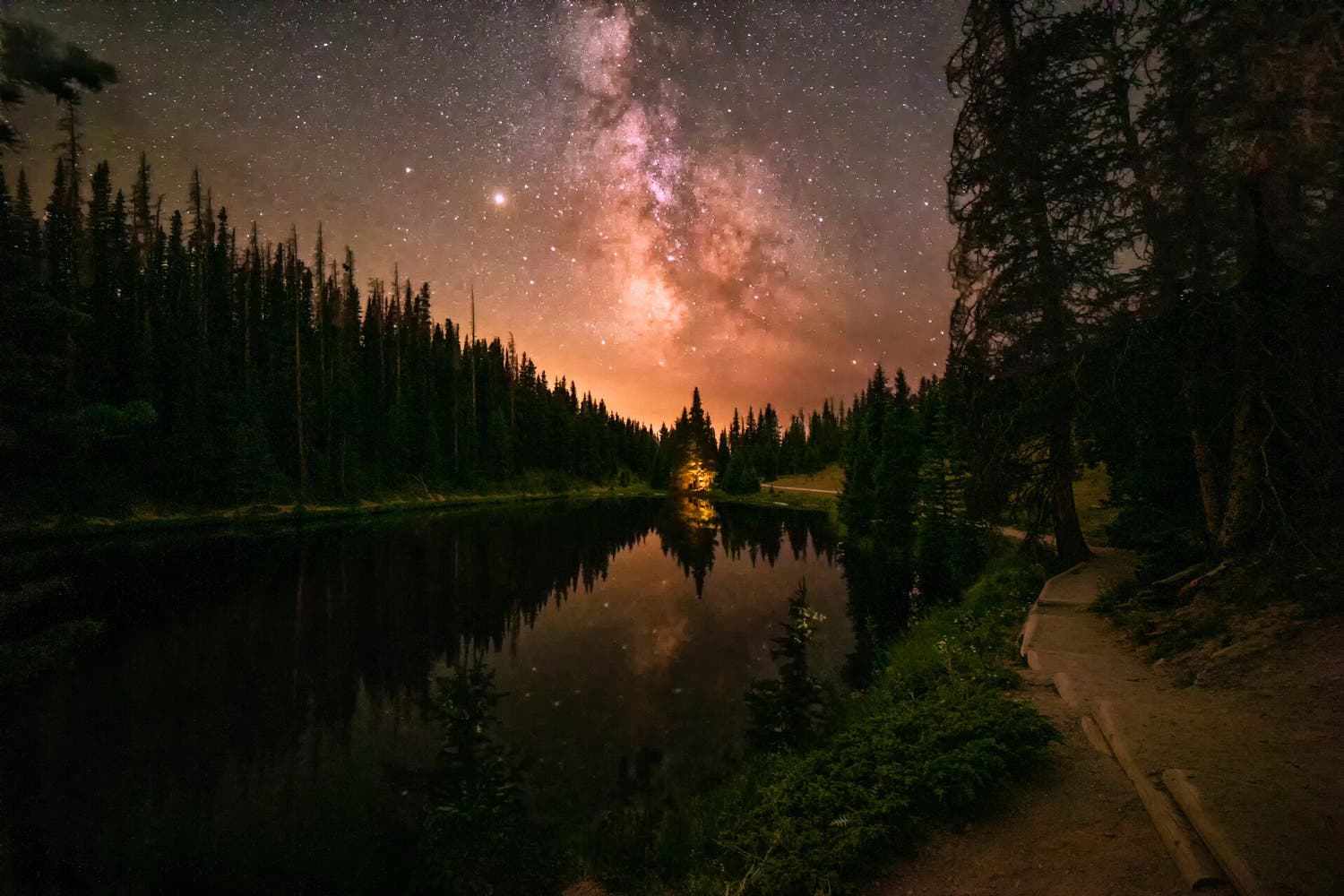
If you’d rather not camp, you can also stay in a gateway town and just plan to head into the park at some point during the night. Rocky Mountain is open 24 hours a day, so you can drive into the park at midnight or at 4 a.m. Estes Park is the biggest gateway town to the park’s east entrance. Stay at the Holiday Inn or Expedition Lodge for a convenient basecamp. The town gets quite crowded in summer, so if you want a quieter experience, consider staying in the other nearby towns like Grand Lake or Lyons.
If you’re not camping, you could plan a short night hike to watch the meteors—don’t forget a headlamp with a red light setting to preserve your night vision. A few short, easy hikes you could take include Bear Lake (0.7-mile loop or as short as you please), Adams Falls (0.3-mile one way), and Dream Lake (2.2 miles round-trip). Then you can take in the meteor show alongside the lake or next to the soothing sounds and negative ions of a waterfall.
Make It a Roadside Attraction
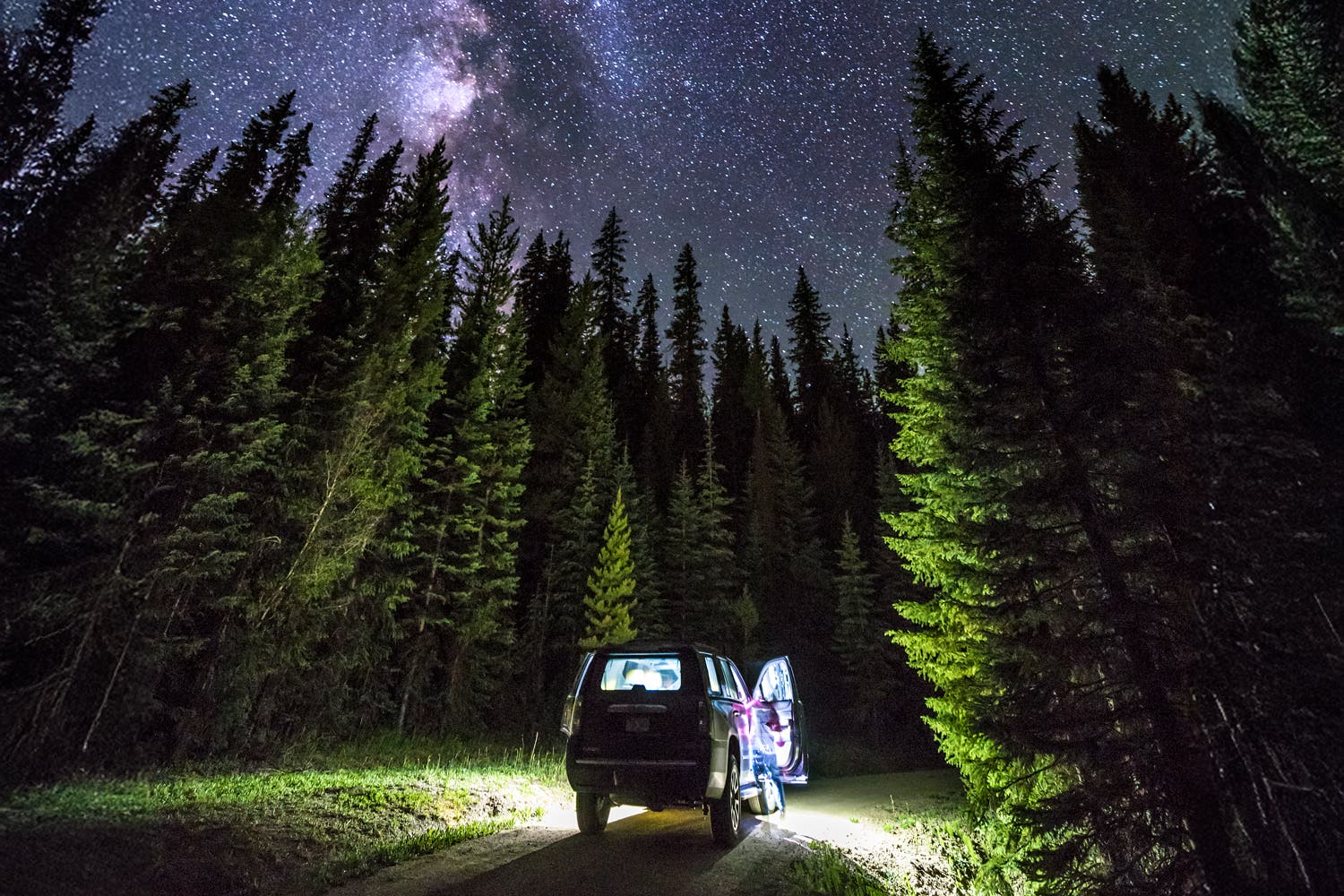
If you don’t want to hike or camp, you can just drive into the park and pick a scenic roadside stop to watch from. A few places within Rocky Mountain that are accessible by car include, Hollowell Park, Sprague Lake, Bear Lake, or somewhere along the 48-mile scenic Trail Ridge Road.
How Will the Weather Impact the Perseid Meteor Shower?
However you choose to watch the Perseids in the park, remember to check the forecast in advance. Conditions are key when it comes to viewing celestial events. If rain or cloudy skies are forecasted during the shower’s peak of August 11-13, it’s probably not worth the trip (or the late night/early morning). Checking the forecast can also help you make some strategic decisions—maybe cloudy skies are in the cards for the pre-dawn hours on August 11, but clear skies are forecasted for the middle of the night on August 13. This way, you can plan your trip (and set your alarm) around the hourly forecast. That said, the Colorado mountains have notoriously fickle weather, especially in summer. Storms can roll in fast, and clear just as quickly. So don’t let a partly cloudy forecast or a passing storm deter you from waiting a bit for the skies to clear.
What Should I Bring to Watch the Perseid Meteor Shower?
Whether you’re camping, hiking, or just posting up for a couple hours to peep the Perseids, it’s a good idea to bring reclining camp chairs or an outdoor blanket so you don’t have to uncomfortably crane your neck up at the skies. In summer in the Northern Hemisphere, the constellation Perseus is located straight above, just slightly northeast—which means you will indeed want that reclining chair. If you’re having trouble finding Perseus in the sky, download a stargazing app beforehand to help you find it. You’ll also want to layer up since the high elevations of Rocky Mountain get pretty chilly at night, even in mid-August. And if you want to make the experience even more enjoyable, pack some warm drinks or snacks for the show.
As far as National Park Service-hosted programs go, the park holds astronomy programs in the summer, but doesn’t plan to stage any Perseids-specific events. If you’re interested in other night sky happenings, check the park website in May or early summer after they’ve updated their summer 2025 programming schedule. The park typically hosts an astronomy festival in early August. While this technically overlaps with the Perseids, it doesn’t occur during the peak so it’s not your best bet for maximizing your meteor viewing.
About Maya Silver
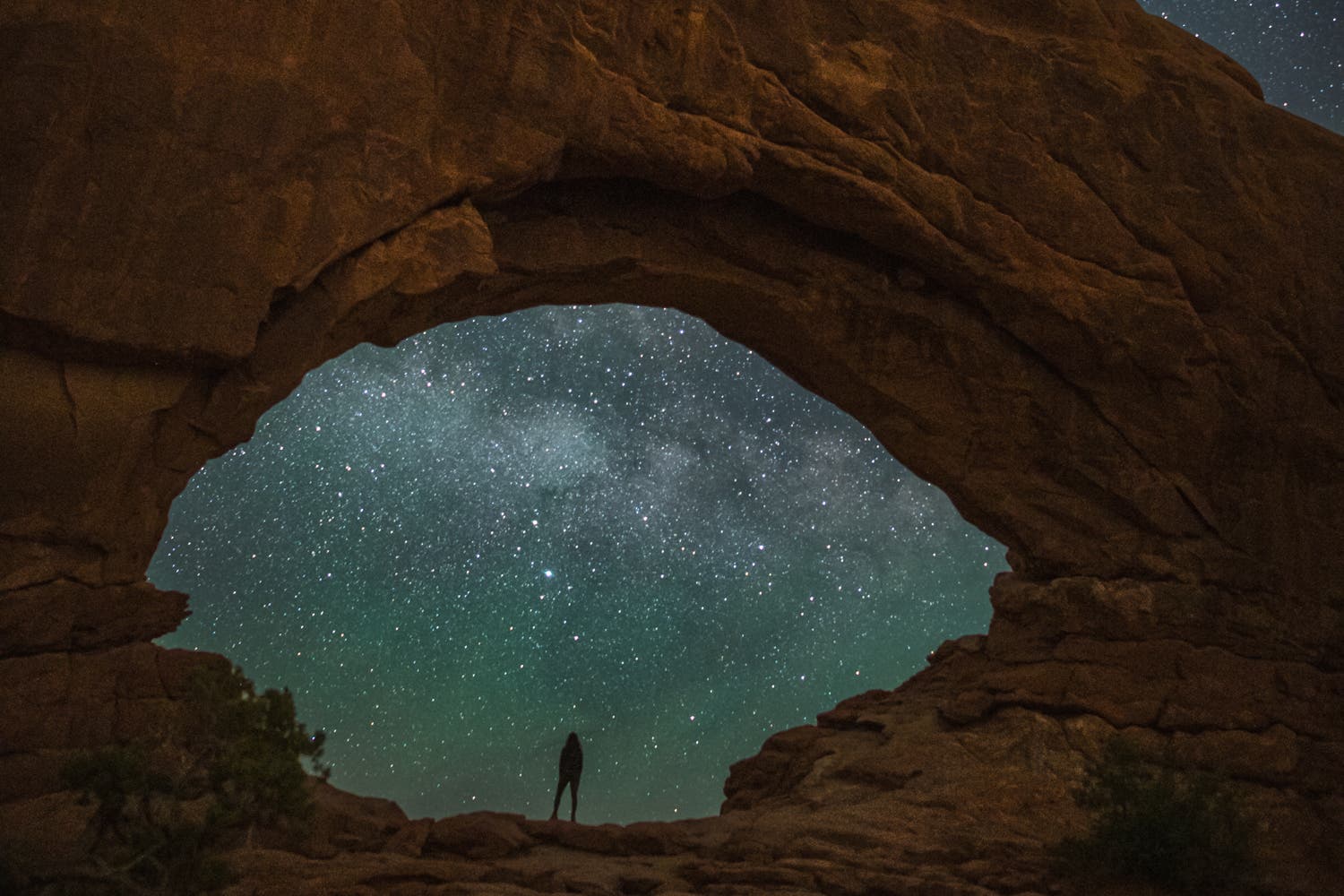
Maya Silver is a Utah-based writer and the editor-in-chief at Climbing Magazine. She has written about astrotourism for Condé Nast Traveler, Adventure.com, and Travel + Leisure. Since taking an Astronomy class in college, Maya has been an avid stargazer and umbraphile (aka, total solar eclipse chaser). Last year, she watched the Perseids from Bear Lake, Utah, but her all-time best Perseid show was over a decade ago in Taylor Canyon, Colorado. You can follow her adventures at mayasilverwrites.com.



